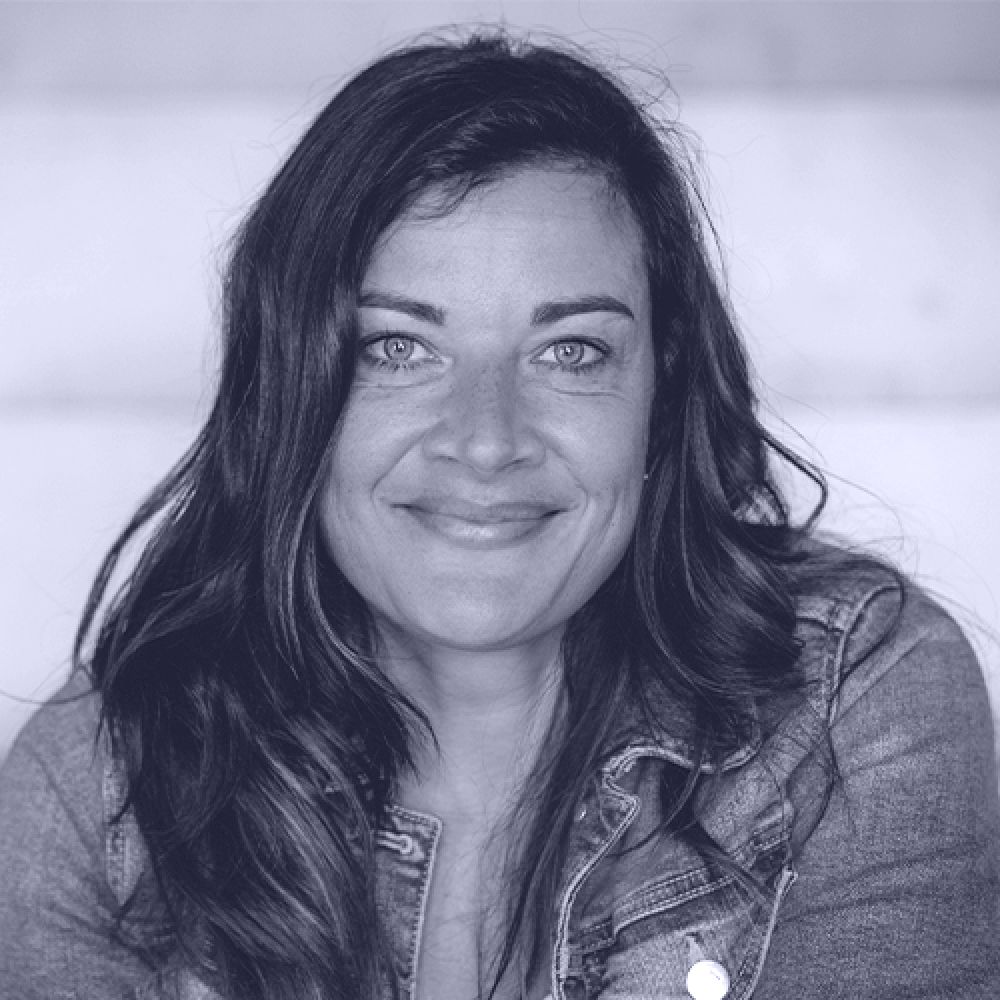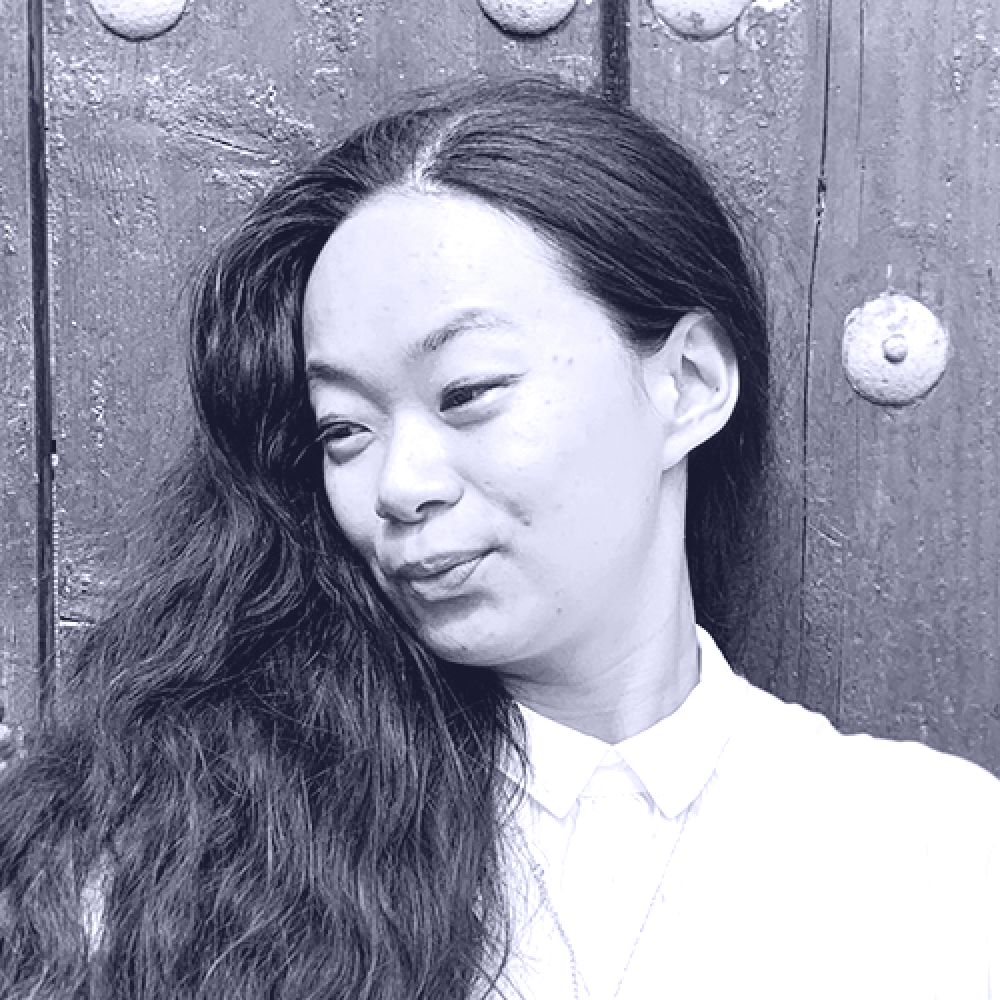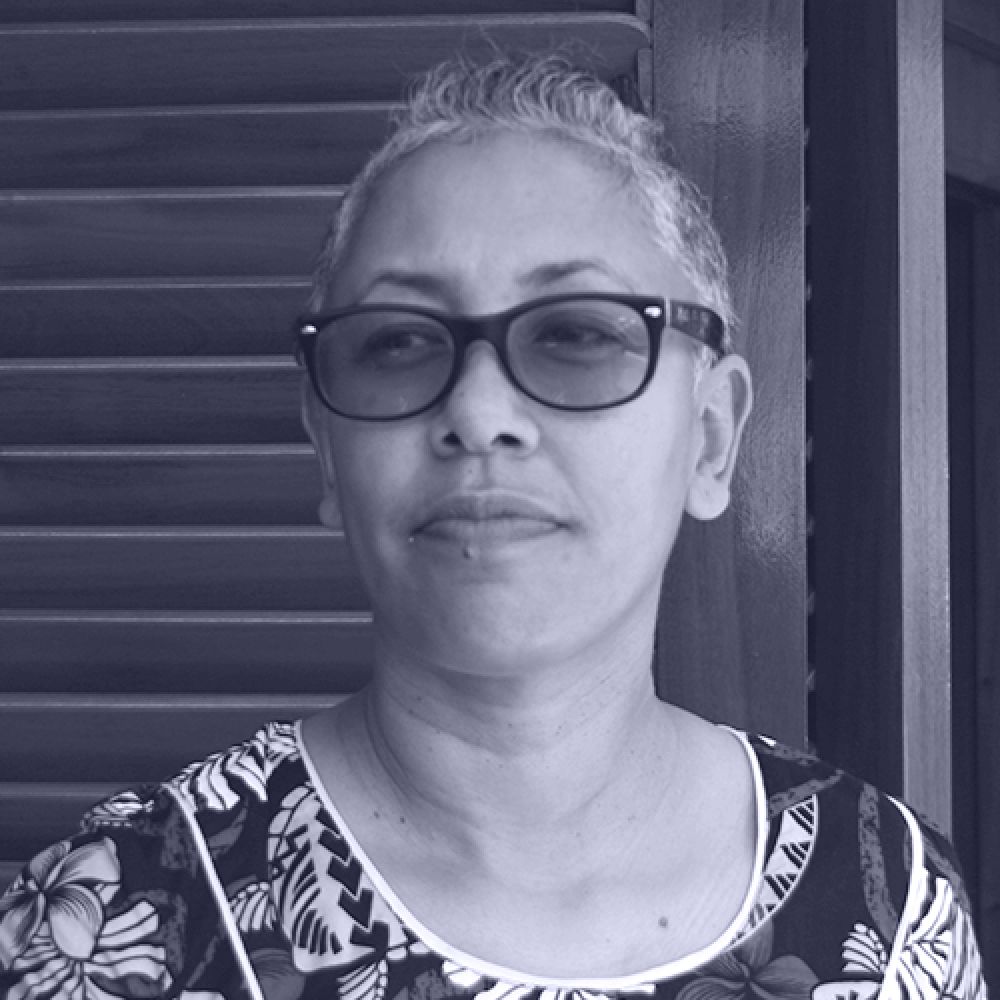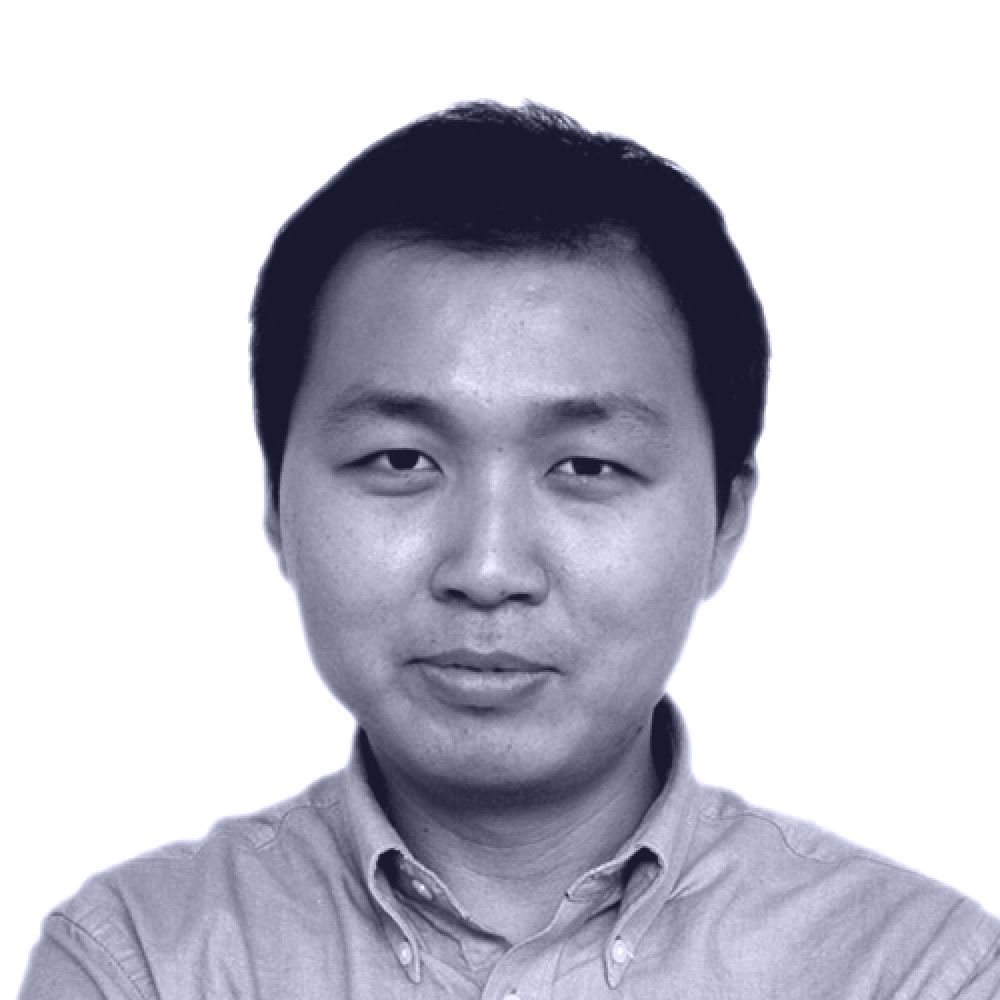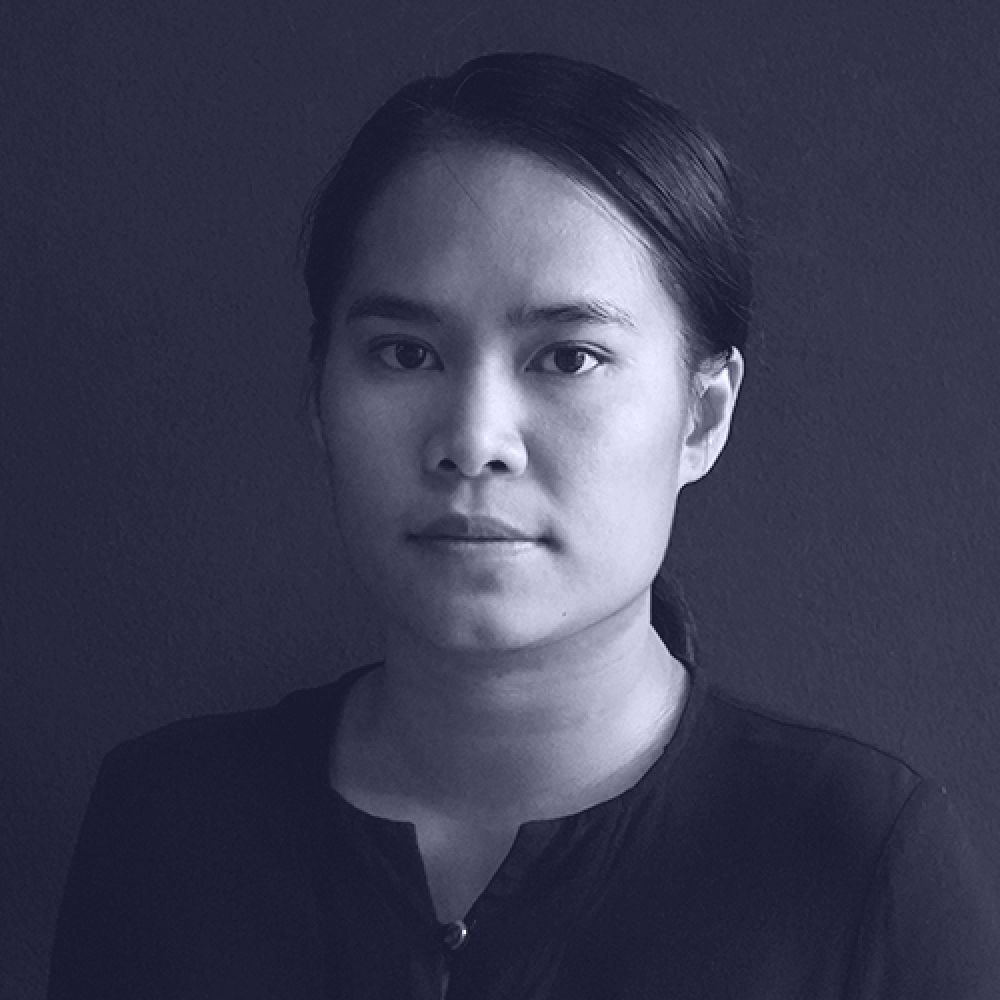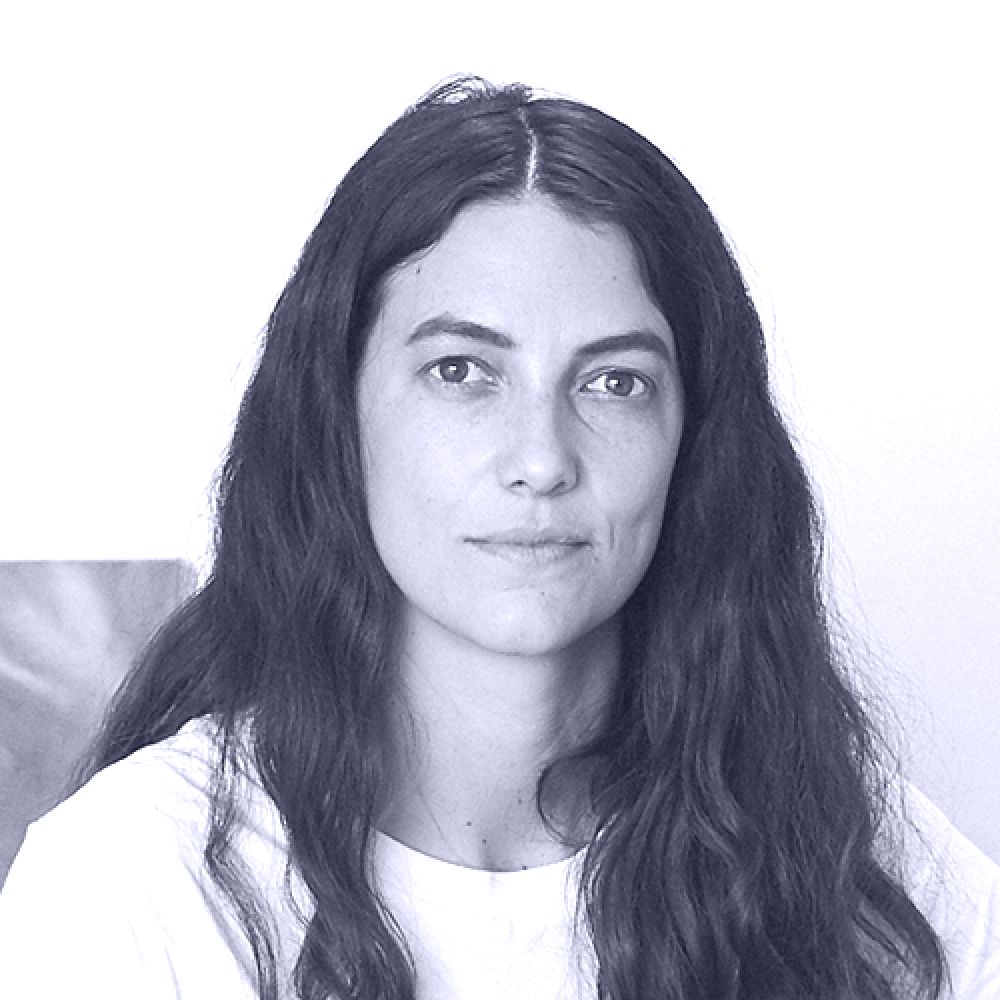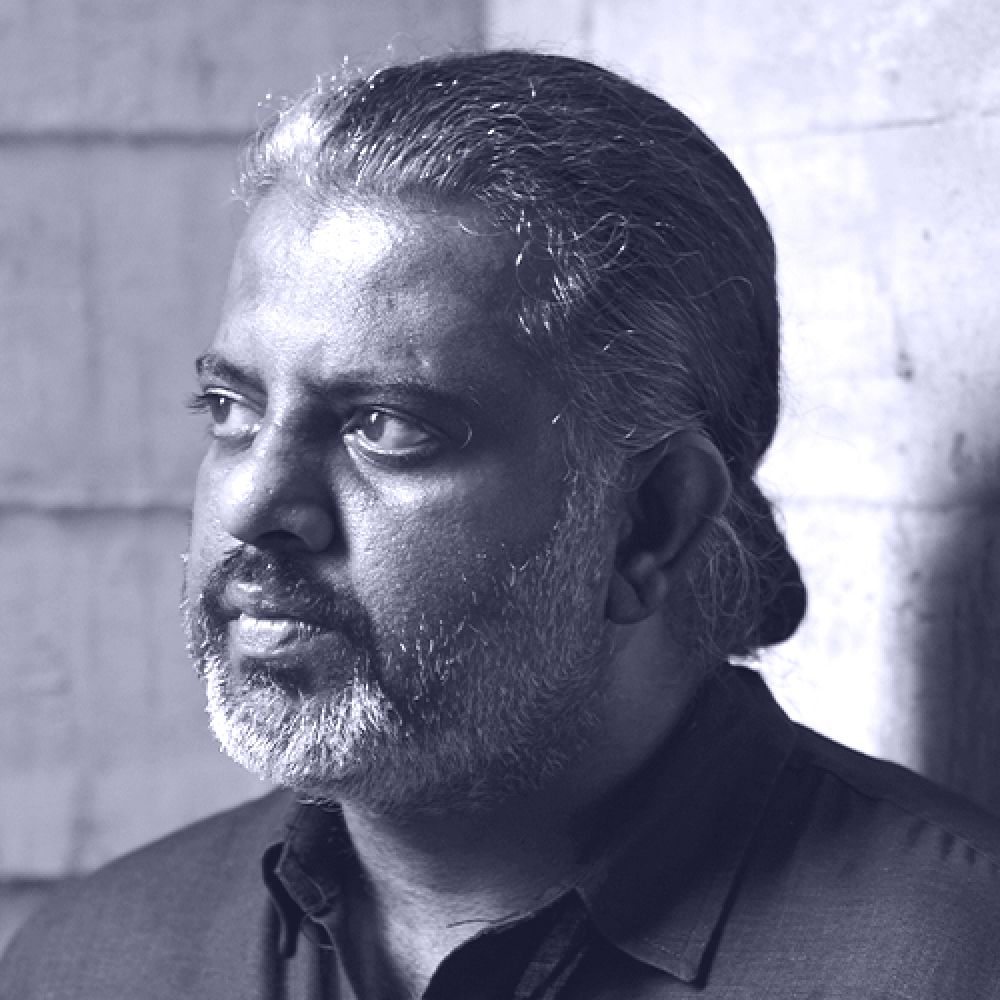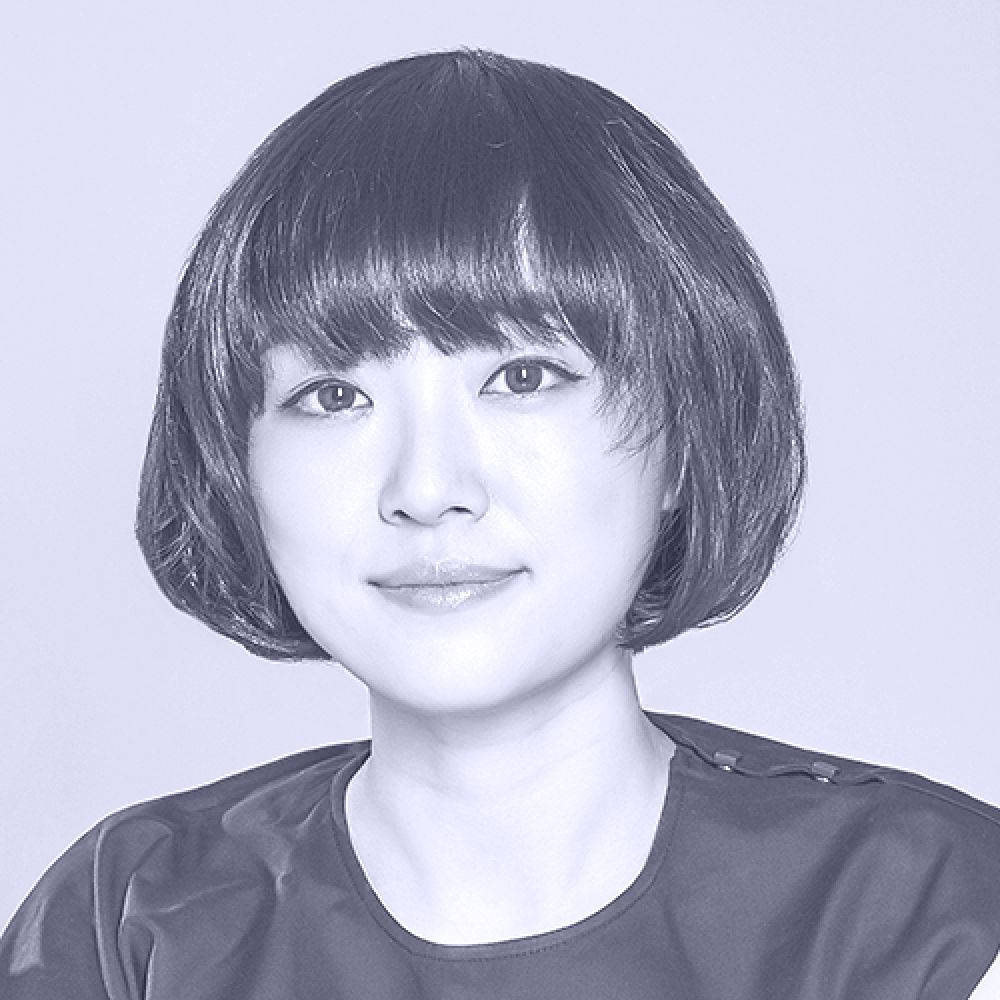Details.
When
Friday 9 June 2023
8.30am – 5.00pm (AEST)
Where
State Library of Queensland
Stanley Place
Brisbane Queensland 4101
— Google Maps
Tickets
Ticket sales for this event are closed.
Program Info
The Asia Pacific is a rich collage of cultures and languages; as a collective we share commonalities in our histories and challenges in the past, present and future. How can architecture and design celebrate and amplify the region’s myriad traditions, environments and continual evolution?
Speakers from Australia and abroad will discuss projects, processes, research and ideas that relate to architecture's role in the culture, sustainability and economy of the Asia Pacific region.
Partners
Part of
Major Partner
Supporting Partner
Venue Partner
Hotel Partner
Earn CPD Points
Download CPD Questions and Learning Outcomes
CPD Questions – The Architecture Symposium: BrisbaneContacts
Heather Cotton
Project Manager, Awards and Events Header Image Frame Holiday Structure by Palinda Kannangara Architects. Photography by Mahesh Mendis.Program.
- 8.30 am Delegate arrival
- 9.00 am Welcome to Country
-
9.10 am
Opening comments
Katelin Butler and Georgia Birks, Architecture Media -
9.15 am
Rematriating Country
Alison Page, Zakpage (Coffs Harbour, NSW) -
9.55 am
To the World Without Frames
Suzuko Yamada, Suzuko Yamada Architects (Tokyo, Japan) -
10.15 am
Rewilding the Sky
Goh Yu Han, Salad Dressing (Singapore) - 10.55 am Morning tea
-
11.30 am
Vanua and Talanoa: Co-designing culturally safe design processes for women
Loata Ho and Emma Healy, Vanua / Women Build (Sydney, NSW, and Brisbane, Qld) -
12.10 pm
Pragmatic Duality
Kyo Suk Lee, MVRDV (Rotterdam, Netherlands) -
12.30 pm
For the Sake of Process
Patcharada Inplang, Sher Maker Studio (Chiang Mai, Thailand) - 1.10 pm Lunch
-
2.10 pm
He Mauri tō te Whenua
Raukura Turei, Monk Mackenzie (Auckland, Aotearoa New Zealand) -
2.50 pm
Experiments from an Island Practice
Palinda Kannangara, Palinda Kannangara Architects (Sri Jayawardenepura Kotte, Sri Lanka) -
3.10 pm
Leaving Space for Everyday Life
Fan Beilei, genarchitects (Shanghai, China) -
3.50 pm
Closing comments
Katelin Butler and Georgia Birks, Architecture Media - 4.00 pm Closing drinks
- 5.00 pm Event concludes
- CPD Questions – The Architecture Symposium: Brisbane
Presentations.
Rematriating Country
Presented by
Alison Page, Creative Director, Zakpage
In the Dreaming when the land was soft, ancient Ancestral Beings laid down tracks and shaped landforms that embedded knowledges, lore and stories that First Nations people would maintain in their intricate care for Country. This web of knowledges would be written in the land, sea and sky and etched onto bodies and objects and in song and dance. It was activated as people moved through and engaged with all aspects of Country every day, and as you passed through ceremony and lore, these “songlines” would become as real as the physical landscape around you.
Alison Page, co-author of Design: Building on Country,will propose that this multi-artform interpretation of Country can be a blueprint for how we can design Australia into the future. It is an invitation from First Nations people to decolonize the environment and rematriate Country, whether built or grown.
To the World Without Frames
Presented by
Suzuko Yamada, Founder, Suzuko Yamada Architects
As architects living today, we are plotting to remove the frames that shape our world. The following are new architectural and spatial proposals to make the world frameless:
• Polyphony: a concerto of several melodies and rhythms, each element playing a melody in free movement – opposing and responding to each other in a lively celebration of freedom and creating a cohesive whole.
• Marble: each colour maintains its strong outline and intermingles to create a single environment.
• Concrete form: architecture is not just a background but – like people, animals, rocks and trees – has its own shape and colour and exists as an object.
• Invisible: things that have no visible substance may create a place by the overlapping of these elements – a kind of territory for animals or plants.
We introduce our practice through art installations and projects of various scales to show how we work with these themes.
Rewilding the Sky
Presented by
Goh Yu Han, Director, Salad Dressing
Rewilding the Sky is the beginning of altruism: learning to share our environment and space with other living beings, both physical and digital. Given the rise of taller, denser skyscrapers that reflect our desires and anxieties, we consider how to move beyond anthropocentric buzzwords like “sustainability” and “green buildings” and speculate how such buildings might have meaning and value beyond that driven by capitalism.
As a landscape architecture practice, we deal with the life science of negotiating between humans and other living beings. We continually reassess our relationship with nature and the processes of coevolution. Complex algorithms and big data enable us to see into the future, as well as deep time, to re-examine our existence and values.
Can skyscrapers leave good physical legacies? We explore this question as we suggest a new perspective on architecture, viewing it as a fusion of landscape (nature) and architecture (mechanism) that functions as a cyborg holobiont.
Vanua and Talanoa: Co-designing culturally safe design processes for women
Presented by
Loata Ho, Founder, Women Build
Emma Healy, Co-founder, Landings Studio
Loata Ho and Emma Healy work together within the feminist, research-led practice Women Build. Over the last fifteen years, they have collaborated on two significant projects with Indigenous rural women in Fiji. They will discuss their professional relationship in the context of these two projects. Framing the architectural process through the lens of the traditional Fijian concepts of Vanua and Talanoa, they will articulate the successes and challenges of working as both insiders and outsiders from two different cultures.
This presentation will highlight the value of fostering long-term relationships, particularly when working cross-culturally and within Indigenous communities. Talking from “within the experiment,” Loata and Emma will articulate how they are constantly evaluating the way the work together to advance cultural safety for themselves and the women they work with. They authentically communicate how they navigate the need to preserve and document traditional building cultures while undertaking projects within contemporary contexts and living cultures. Loata and Emma will also discuss how Women Build more broadly informs their life and work.
Pragmatic Duality
Presented by
Kyo Suk Lee, Associate Director, MVRDV
Contemporary Asian cities are getting more and more complex. As complexity rises, many conflicting values and demands emerge, and we as designers need to react.
• Density vs Quality: cities get denser and denser. How can we make cities denser, but still maintain quality of life?
• Nature vs Artificiality: nature is disappearing in cities. How can artificiality bring more nature into cities?
• Tradition vs Innovation: tradition is often forgotten in fast-paced urban development. How can new ways of understanding tradition promote spatial innovation?
• Architecture vs Humanity: humane aspects of cities are being pushed away by spectacular architecture. How can architectural monumentality be made compatible with vibrant urban places for people?
In the Asia Pacific region, MVRDV has been developing pragmatic methods to mediate these conflicts between values. My presentation is about how MVRDV creates duality beyond dichotomy.
For the Sake of Process
Presented by
Patcharada Inplang, Co-founder, Sher Maker Studio
What should be the role of architecture, and how do architects contribute to underdeveloped countries? How can we demonstrate our awareness through our architectural methodology by utilizing alternative resources and ways to approach materials?
Sher Maker Studio has established a long-term design goal centred around curiosity as a core practice in provincial contexts. We are a small team of emerging architects closely collaborating with a builder team based in Chiangmai, Thailand. Our approach involves delving deeper into the realm of architecture through material mapping research and local construction process development, which also raises our awareness of the limitations of available resources.
We hope that our methodology statement serves as one of many alternative approaches to designing, constructing and living with architecture in a sustainable manner for the long term.
He Mauri tō te Whenua
Presented by
Raukura Turei, Principal, Monk Mackenzie
“He mauri tō te whenua” speaks to the intrinsic connection Māori have with the land: Papatūānuku, our earth mother. Raukura Turei will unpack this word Mauri and its connection to the land through the discussion of projects that illustrate why a connection to place is so important in her practise.
Weaving together her artistic practise and her role as principal at Monk Mackenzie, Turei will share insights into her process through a range of projects around Aotearoa: a commercial office development for Foodstuffs North Island; Te Mauri Pahere ki Mangakōtukutuku, a community centre; papakāinga centred around the rehabilitation of wāhine Māori post-incarceration; and the country’s largest papakāinga housing development for Waikato Tainui.
Experiments from an Island Practice
Presented by
Palinda Kannangara, Founder, Palinda Kannangara Architects
Our studio practice (started in 2005) is rooted to the island of Sri Lanka, focused on an architecture that hinges on simplicity and connection with the natural environment. Our approach is contextually driven, with an experimental material use and a minimalism reflective of the Sri Lankan ethos.
Our practice focuses on small-scale projects, resourceful use of materials and simple architectural language that reflects the people’s way of living and is integrally connected with the landscape. The presentation will showcase four or five recent projects in diverse locations throughout Sri Lanka and the region.
Leaving Space for Everyday Life
Presented by
Fan Beilei, Principal, genarchitects
Where people live, there is culture. The best way to support individual development is through our collective culture, and the growth of culture depends on a group of people forming a way of life. Discovering the site, paying attention to people’s potential needs, using architecture to create space for people’s daily lives, and leaving more possibilities for the future by using current construction are themes that genarchitects has consistently focused on for the past ten years.
In this lecture, principal of genarchitects Beilei Fan will review projects that demonstrate these practices across the past decade. Fuli Garment Factory Renovation and Jiaotong Warehouse Renovation are where genarchitects first deeply observed the urban life of Shanghai, rediscovering the value of China’s 1980s industrial buildings and the potential needs of contemporary neighborhood life. Dingshu Vocational School of Pottery is an open pottery school in the birthplace of Yixing Teapots (or the Purple Clay Teapot) that reshapes community public space and responds to tradition and local culture. Aranya Youyi Bay Community is an exploration of a new living type.







